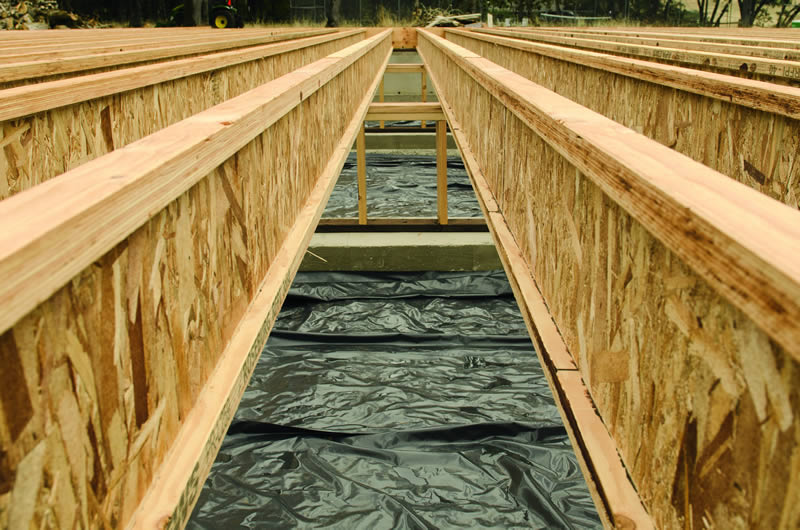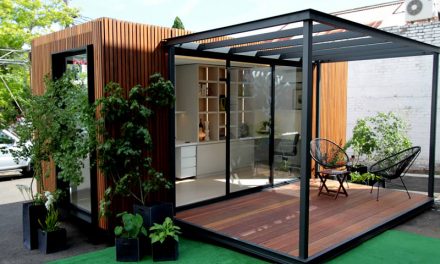Engineered wood, or “man-made” or “composite” wood, has become increasingly popular in construction and is expected to grow steadily in the market over the next 10 years.
Used mainly as a substitute to hardwood and concrete, engineered wood is also used as an alternative to steel beams in many building projects.
One of the advantages of engineered timber products is that they can be designed as per the demand and custom specifications of the end user.
Government norms and regulations, such as Bharat stage emission standards or European emission standards regarding CO2 emissions, are driving the market for engineered wood at a whole new level; as are factors such as cost efficiency, enhanced quality, waste reduction and the environmentally friendly nature of the product.
Innovations in the technologies and machining systems are also improving the efficiency and quality of the products and are expected to further drive growth.
However, while the global engineered wood market has potential opportunities in the future, manufacturers face some challenges promoting the products’ durability and fire-resistant properties.
Adhesives used in the manufacture of engineered wood products are often formaldehyde-based. Certified low emission products (E1, E0 and Super E0) are tested to ensure that the adhesives and product are safe to use, however, some cheaply-made products may have emission levels that are hazardous.
The adhesives that are used will also affect the product’s suitability for exterior uses. Users should consider the adhesive type, the extent of exposure to water and the durability of the wood when selecting an engineered wood product for an exposed application.
Ultimately, the ongoing developments regarding advanced grading and better material selection techniques are expected to result in improved definition of timber quality and performance.
The eco-friendly features of the engineered wood products will force the global market to grow at a rapid pace during the forecast period. For instance, North America has a significant use of plywood and oriented strand boards, European countries are high users of glued laminated timber and I-beams, and growing industrialisation and urbanisation in developing regions such as Latin America and Japan has seen a significant growth in the engineered wood market. Countries such as India and China with high populations dominate the residential segment of the market. The Middle East and Africa have high production rates in raw materials, hence the market is expected to move at a higher pace and influence growth at a global level.










